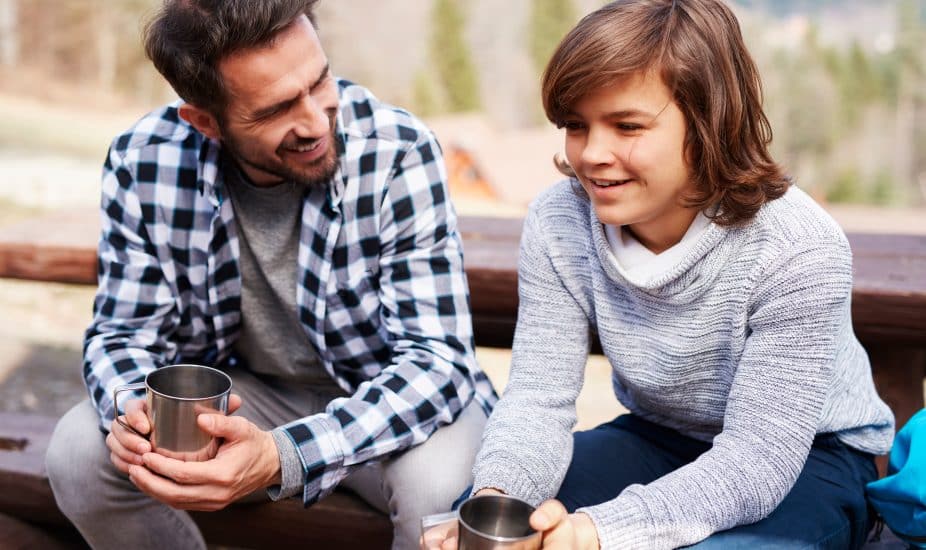We all know what it feels like to be emotionally or psychologically unsafe. Whether you feel the threat of judgment, being picked on, ridiculed, or humiliated, it’s a terrible experience.
In a more holistic sense, if you’re around someone or a group of people who operate with criticism as their primary means of communication, you’re going to brace yourself for harm. That sort of vigilance to constant threats to your esteem will cause most people, especially teenagers desperately yearning for peer acceptance, to make poor choices (to say the least).
On the other hand, social isolation can be just as awful an experience. Researchers have found that social isolation at a young age correlates with addiction later in life.
So, taking a step back, for kids who are alone a lot — imagine the kid who stays home, doesn’t participate in after-school activities or sports, and spends most of their time on devices — their social isolation is potentially harmful both to their growth and development but also as a risk factor for future addiction.
The kids who spend time in social contact with their peers but experience psychologically threatening interactions like ridicule, shame, or humiliation are also more likely to make poor choices to try to fit in and avoid rejection.
What’s the alternative? That’s where we’d like to introduce the term: psychological safety. Originally coined and popularized by Professor and Researcher Amy Edmondson from Harvard, psychological safety has 3 ingredients:
- It’s okay to be myself
- It’s okay to make mistakes
- People here have my back
Perhaps a little self-explanatory, but when you or anyone feels those three ingredients, you’ll show up more genuine and authentic and make choices consistent with your values.
In other words, you’ll feel safe, accepted, and free to be yourself. If a teenager can experience psychological safety like that, especially with their peers, they’ll be able to develop a healthy identity and have stronger assets to avoid harmful substance use.
Parents and educators can contribute to creating psychologically safe environments. According to Dr. Edmondson, there are 3 key steps in creating psychological safety, and they can be applied to families, classrooms, or teams.
3 key steps in creating psychological safety:
Step 1:
Share personal stories of the mistakes you’ve made to set the tone. That lets students know that you’re not perfect, and neither are they. Share with them that they won’t always get it right or have the right answer. That’s okay. As the lead learner in the family, team or classroom, you can show that you are committed to learning from them, too, and you welcome their ideas.
Step 2:
Regularly invite them to share their open, honest thoughts with you for feedback. That creates a posture of humility and openness, and encourages them to share their true feelings. You’re also letting them know how valuable their perspective and opinions are, helping them grow in self-confidence.
Step 3:
Look for opportunities to work alongside them. The more they can watch you work things out, make mistakes, and try again, the better. The more you share with them what’s going on inside your head, especially your doubts, insecurities, or worries, the more they’ll feel safe to share them, too.
Some people are more inclined naturally to cultivate psychological safety, but it can be learned by everyone. Kids need it, especially through the teenage years when the time is so ripe with rejection and humiliation.

